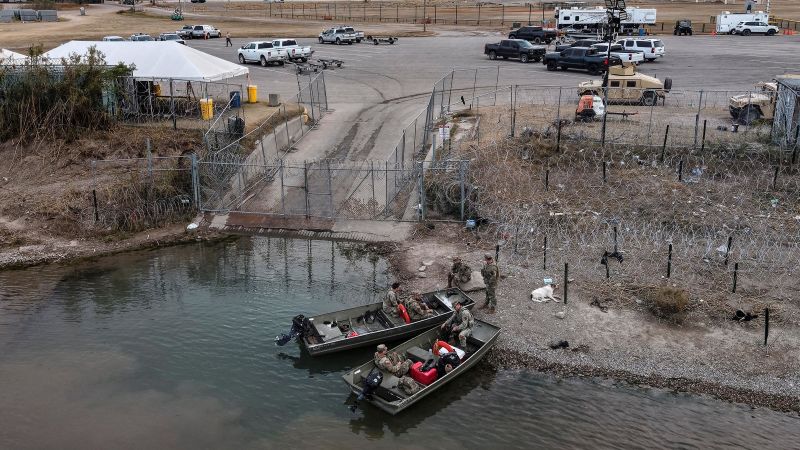Inside Trump's Immigration Crackdown: The Machinery of Enforcement Unveiled

In a sweeping and aggressive approach to immigration enforcement, President Donald Trump has rapidly deployed extensive federal resources to identify, apprehend, and detain undocumented immigrants across the United States. This comprehensive strategy represents a calculated effort to construct a robust and expansive immigration enforcement apparatus.
The administration's initiative goes beyond traditional immigration control methods, signaling a more intense and systematic approach to addressing unauthorized immigration. By mobilizing multiple federal agencies and leveraging broad enforcement powers, the Trump administration aims to dramatically increase the scale and scope of immigration-related arrests and detentions.
This coordinated effort reflects the president's long-standing commitment to stricter immigration policies and his promise to enhance border security and reduce unauthorized entry into the country. The wide-ranging mobilization demonstrates a clear intent to transform the landscape of immigration enforcement and send a strong message about the administration's stance on illegal immigration.

